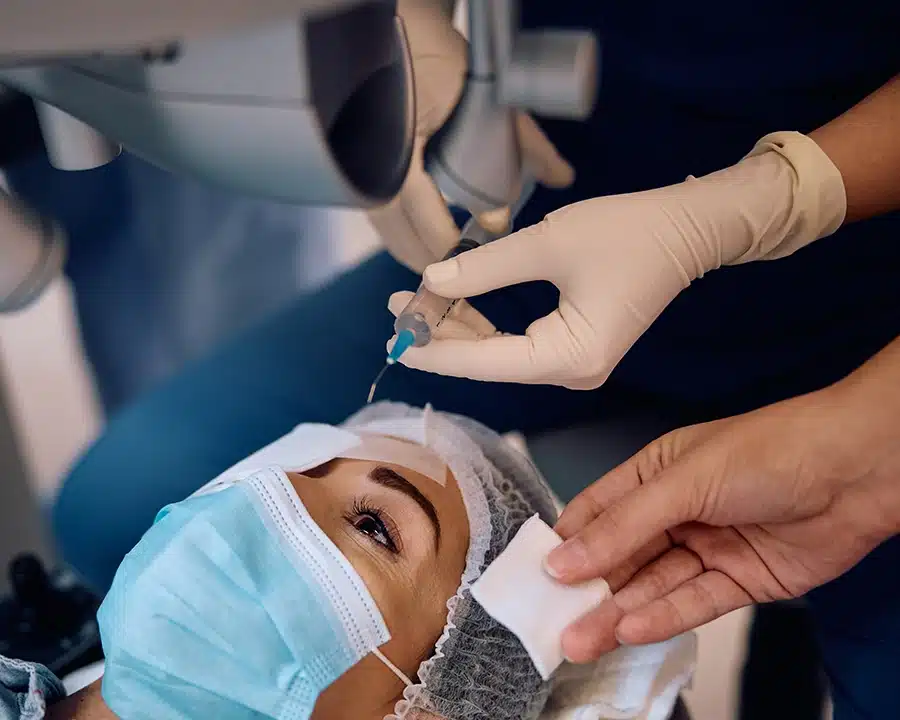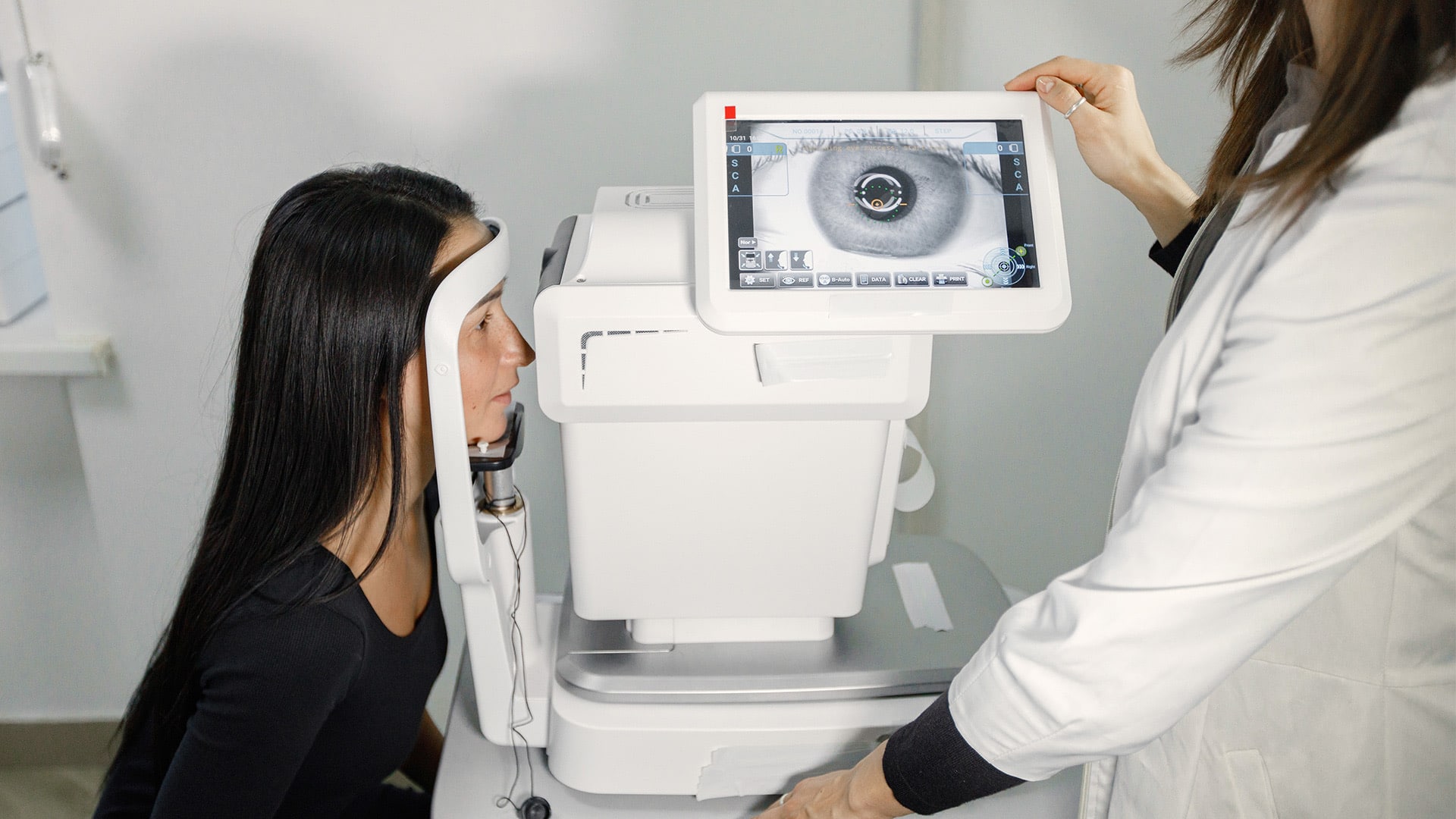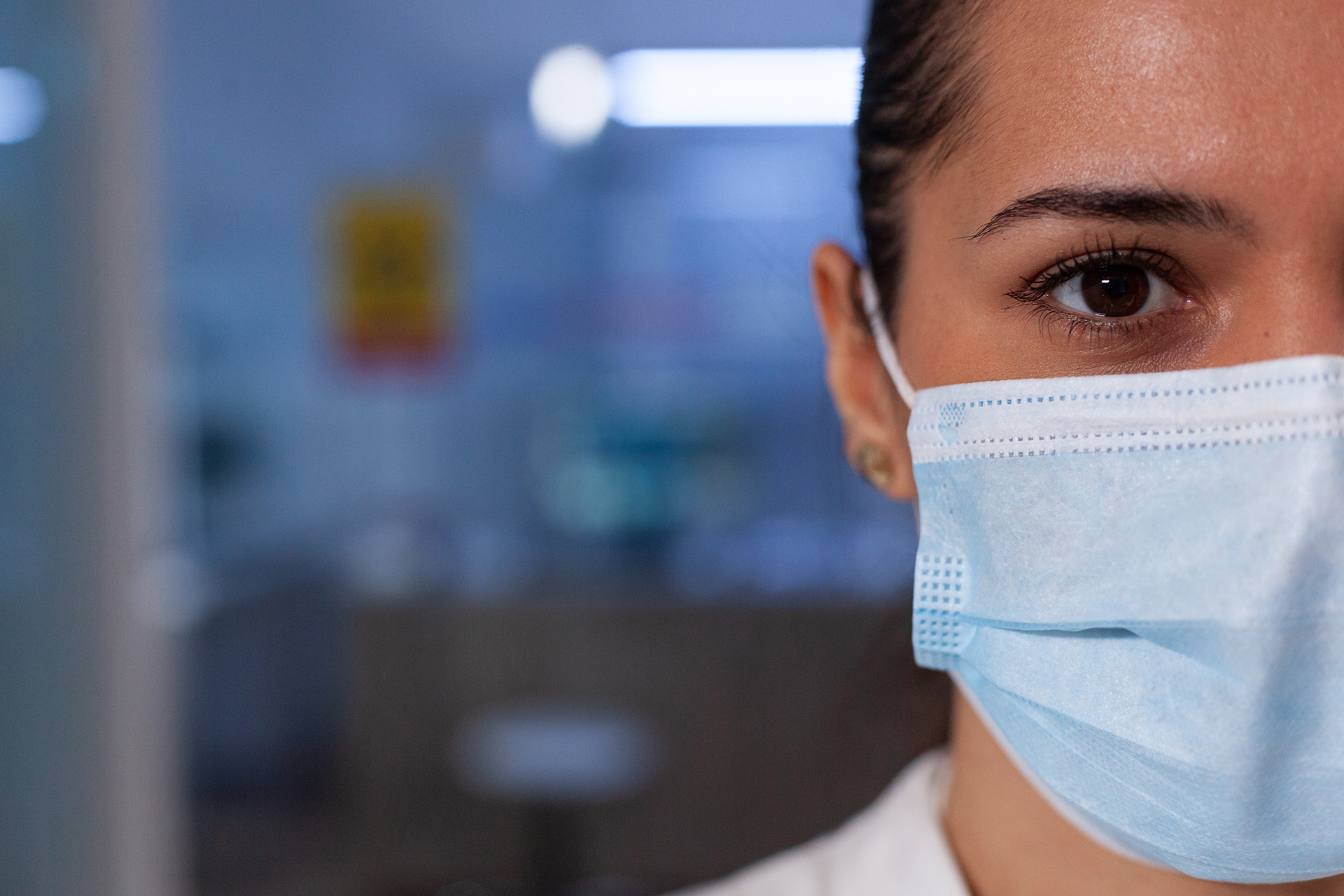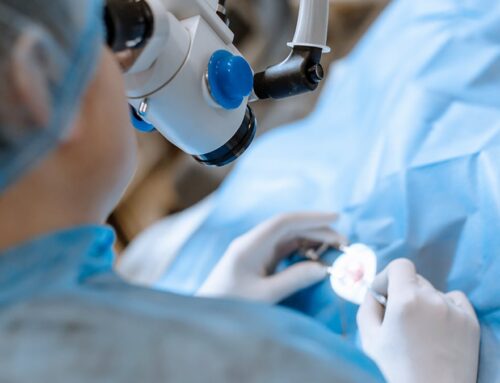For years, laser vision correction has helped millions of people achieve freedom from glasses and contact lenses. One of the latest advancements in this field is SMILE (Small Incision Lenticule Extraction), a modern procedure designed to provide effective and precise vision correction. If you’re considering vision correction surgery, it’s essential to find a surgeon who is familiar with and ideally performs all the FDA-approved procedures, so you know they will recommend the best one for you.
What is SMILE?
SMILE (Small Incision Lenticule Extraction) is an advanced laser eye surgery designed to correct refractive errors such as myopia (nearsightedness). This minimally invasive procedure utilizes a femtosecond laser to create a small, contact lens-shaped piece of tissue called a lenticule within the cornea. This lenticule is then removed through a tiny superficial opening, effectively reshaping the cornea and improving vision. One of the key advantages of SMILE is that it requires only a small opening, preserving more of the corneal structure and promoting a comfortable and quick recovery.

How Common is SMILE?
Since its introduction, SMILE has gained significant traction in the field of refractive surgery. It has been performed on over 10 million patients worldwide and continues to grow in popularity due to its precision, minimally invasive nature, and excellent visual outcomes. Many patients have not heard of the procedure due to initial limitations in treatment parameters, but since the expansion of treatments (including astigmatism) approval in 2018, the procedure has grown exponentially in the US.
Who’s a Good Candidate for SMILE?
To determine whether you are a suitable candidate for SMILE, several factors must be considered. Ideal candidates are typically individuals over 18 years old who have had stable vision for at least a year. The procedure is most effective for those with mild to moderate myopia, generally within the range of -1.00 to -10.00 diopters, with or without minimal astigmatism (up to 3.00 diopters). Additionally, candidates must have a healthy cornea with adequate thickness to support the procedure. It is also important that patients do not have any active eye diseases, infections, or severe dry eye syndrome, as these conditions can impact the healing process and final visual outcome. We recommend patients who are interested schedule a (oftentimes free) consultation to get further diagnostics and education on the best procedure for them.
Who Should Not Get SMILE?
While SMILE is an excellent procedure for many individuals, it is not suitable for everyone. Those with hyperopia (farsightedness) or high astigmatism may not qualify or achieve optimal results with SMILE. Additionally, individuals with thin or irregularly shaped corneas may be better suited for alternative procedures. Pregnant or nursing women are also advised to postpone the procedure, as hormonal fluctuations can temporarily affect vision. Finally, those with active eye infections, keratoconus, or certain autoimmune conditions should consult with their eye specialist to discuss other options, including Intraocular Collamer Lenses (ICL), LASIK, or Refractive Lens Exchange (RLE). Most patients do have an option to improve their uncorrected vision depending on their anatomy and their visual needs.
Benefits of SMILE
One of the main advantages of SMILE is that it is a quick, minimally invasive procedure. The procedure typically takes less than 10 minutes for both eyes with an experienced surgeon, and patients often return to regular activities the next day. It involves only a tiny opening, which contributes to a quick recovery and minimal discomfort. Because fewer corneal nerves are affected, there is a reduced likelihood of post-operative dry eye symptoms. Additionally, the procedure preserves more of the corneal structure, which may contribute to long-term stability. Most patients experience rapid visual improvement and can return to normal activities shortly after surgery.

Risks of SMILE
As with any surgical procedure, SMILE carries certain risks. Some patients may experience temporary visual disturbances such as glare, halos, or mild sensitivity to light. While rare, undercorrection or overcorrection may occur, sometimes requiring an enhancement procedure for optimal results. Infections or inflammation are uncommon but can happen if post-operative care instructions are not properly followed. Your eye surgeon will discuss these potential risks with you and ensure that you are well-informed before proceeding with the surgery.
What to Expect Before, During, and After Your Procedure
Before Your Procedure
Before undergoing SMILE, you will need a comprehensive eye examination to determine your eligibility. Your doctor will assess your corneal thickness, measure your refractive error, and evaluate overall eye health. If you wear contact lenses, you may be instructed to stop using them for a certain period before the exam to ensure accurate measurements. Your surgeon will discuss realistic expectations and explain the potential benefits and risks of the procedure.
During the SMILE Procedure
The SMILE procedure is typically quick, lasting about 10 to 15 minutes per eye. To begin, anesthetic eye drops will be applied to numb your eyes, ensuring you feel no pain. A femtosecond laser will then create a small lenticule inside the cornea, which is gently removed through a tiny opening, reshaping the cornea to correct your vision. You may feel slight pressure during the procedure, but it is generally well-tolerated. The laser portion itself lasts only about 30 seconds, making the entire process efficient and comfortable.
After Your Procedure
Immediately after SMILE, you may experience some blurry vision, which is a normal part of the healing process. You should have a drive on the day of the procedure since the first few hours are the most blurry and sensitive. Most patients notice significant improvements within the first few days, with continued clarity developing over the following weeks. You may have mild discomfort, light sensitivity, or a gritty sensation in your eyes, but these symptoms usually subside within a few days. Your doctor will provide post-operative instructions, including activity restrictions and guidance on how to care for your eyes during the healing process. It’s crucial to avoid rubbing your eyes and follow all medication instructions to promote a smooth recovery.
What is Recovery After SMILE Like?
Recovery after SMILE is typically fast and uneventful. Most patients return to normal activities within a day or two, although it’s recommended to avoid strenuous exercise, swimming, and dusty environments for at least a week. Vision may fluctuate slightly during the first few weeks as the eyes heal, but most people achieve stable results within a month. Follow-up appointments will be scheduled to monitor progress and ensure optimal healing.

Eye Drops After SMILE
Following the procedure, your doctor will prescribe a regimen of eye drops to aid healing and prevent infection. Antibiotic drops will help reduce the risk of infections, while anti-inflammatory drops minimize swelling and discomfort. Additionally, artificial tears will be recommended to keep your eyes lubricated, especially if you experience temporary dryness. It’s important to follow the prescribed schedule carefully to ensure a smooth and successful recovery.
Summary
SMILE is an innovative vision correction procedure that provides an excellent option for many patients. With advantages such as minimal invasiveness, reduced dry eye risk, and quick healing, it offers a promising solution for those seeking freedom from glasses and contact lenses. However, it’s important to undergo a thorough evaluation with a qualified eye surgeon to determine whether SMILE is the right choice for you. If you’re considering SMILE, scheduling a consultation is the first step toward achieving clear vision with this state-of-the-art procedure.







